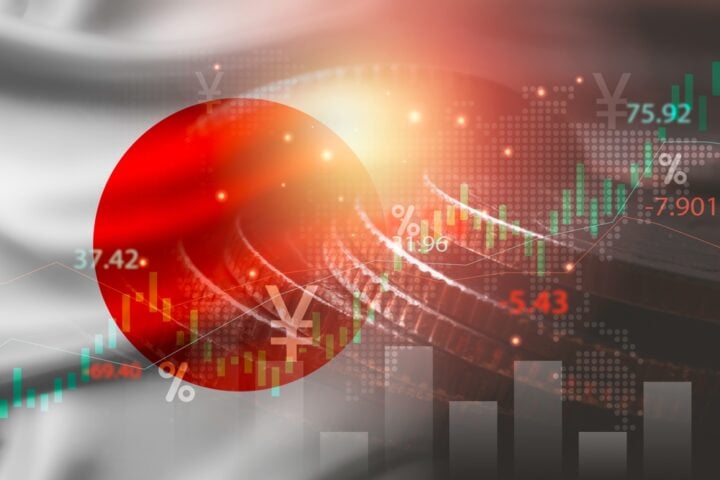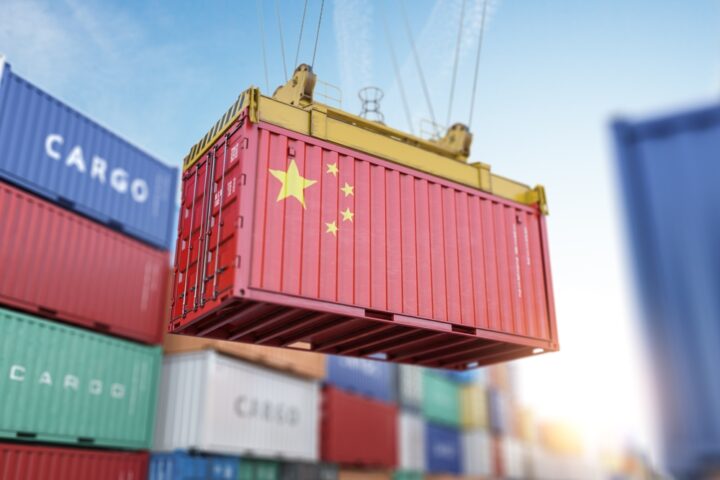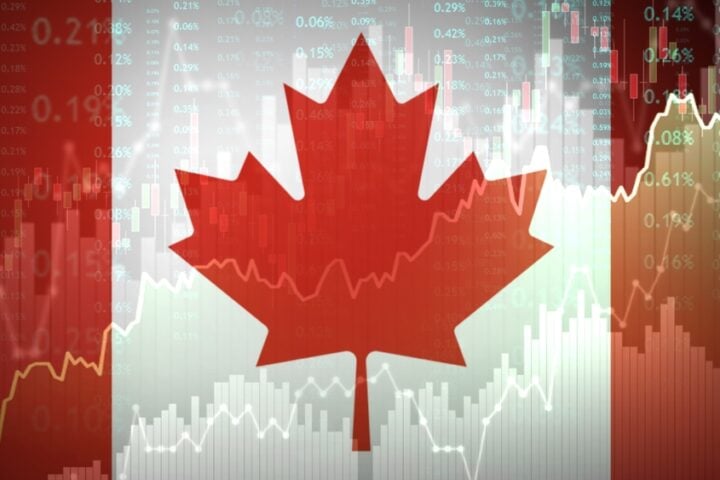Vietnam Struggles with Impact of U.S. Tariffs on Trade
Vietnam, a successful example of embracing external trade, is now facing significant economic challenges due to U.S. President Donald Trump’s aggressive tariffs. The country, which has long been a manufacturing hub for global companies like Nike, Adidas, and Apple, relies heavily on exports, with nearly 90% of its GDP coming from goods and services exports in 2023. However, Trump’s decision to impose a 46% import duty on Vietnamese goods, one of the steepest tariffs imposed on any nation, is expected to deal a major blow to Vietnam’s economy. The tariffs could reduce Vietnam’s economic growth by up to 1.2 percentage points this year, significantly hindering the nation’s ambitious growth target of 8% for 2025.
Impact on Exports and Foreign Investment
Vietnam’s trade surplus with the U.S. has surged over the years, reaching a record $123.5 billion in 2024. However, the new tariffs could slash Vietnam’s total exports to the U.S. by up to 40%, severely impacting its trade and growth prospects. Analysts from OCBC Bank warn that the new levies could also discourage foreign direct investment (FDI) in the country, as businesses may reconsider establishing manufacturing bases in Vietnam due to the increased costs. This comes as Vietnam has become a key beneficiary of the “China+1” strategy, with many companies shifting production from China to avoid U.S. tariffs.
Vietnam’s Diplomatic Efforts to Resolve Trade Disputes
In response to the tariffs, Vietnam has taken diplomatic steps to ease tensions with Washington. The country’s party chief, To Lam, offered to remove all tariffs on U.S. imports in exchange for similar actions from the Trump administration. However, U.S. trade advisor Peter Navarro dismissed this offer, stating that it was not enough to address concerns over non-tariff trade issues, including intellectual property theft and the routing of Chinese goods through Vietnam to circumvent tariffs. Despite Vietnam’s efforts to reduce its trade surplus with the U.S. by increasing imports and encouraging more U.S. investment, the Trump administration remains firm on its position.
Complicated Negotiations and Economic Uncertainty
As Vietnam seeks to negotiate with the U.S., the country faces a more complicated path than other Asian economies, particularly due to its large trade surplus with the U.S. and its role in rerouting Chinese supply chains. Economists like Chetan Ahya from Morgan Stanley suggest that while Vietnam’s negotiations may yield some results, it is unlikely that the U.S. will significantly reduce tariffs. Moreover, China’s retaliation with additional tariffs on U.S. goods has further complicated Vietnam’s position, as policymakers fear that Chinese firms could exploit the more lenient tariffs imposed on Vietnam.
Vietnam’s Economic Resilience Tested
Vietnam’s ability to weather the storm created by Trump’s tariffs will depend on its ability to adapt to shifting trade dynamics and navigate complex diplomatic negotiations with the U.S. While the country remains a key player in global manufacturing, its export-driven economy is vulnerable to the effects of increased tariffs. As the global trade landscape evolves, Vietnam’s ability to maintain growth amid escalating trade tensions will be closely watched by businesses and governments around the world.







